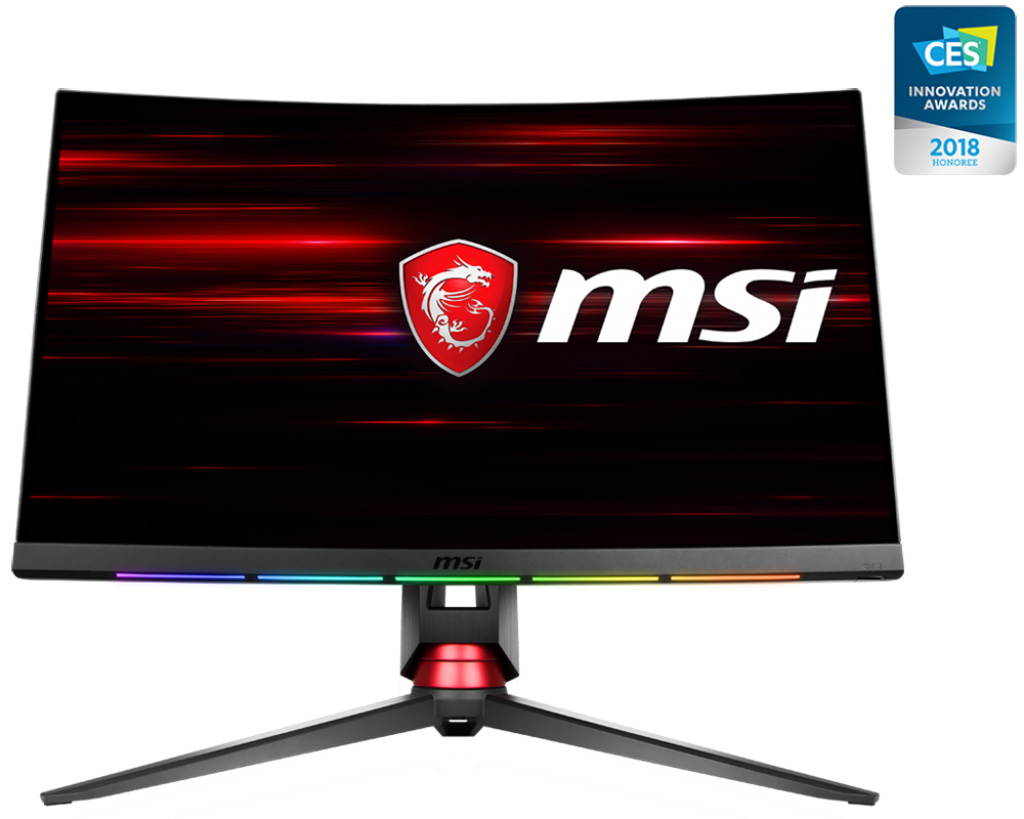

- #Msi hardware monitor plus#
- #Msi hardware monitor professional#
- #Msi hardware monitor free#
- #Msi hardware monitor windows#
We used it for gaming but in Windows, it’s too harsh. HDCR is a dynamic contrast option that effectively broadens the dynamic range, but it makes some content very bright. They are the best way to control the MPG321UR-QD’s color gamut volume. The ones labeled sRGB, Adobe RGB and Display P3 accurately display those gamuts. In Professional, there are eight color modes. Also here is a refresh rate indicator and an alarm clock. It doesn’t reduce brightness too much, but it introduces phasing artifacts that we found distracting.

MPRT Sync is a backlight that takes out Adaptive-Sync. You can use it on its fastest setting with no ghosting and almost no motion blur. There’s also a three-level overdrive which is almost flawless in operation. Night Vision is an option that raises black levels to improve shadow detail.
#Msi hardware monitor professional#
Our suggestion is to set User (the default) in the Game Mode menu, then make changes in color from the Professional menu. There are five image presets, but you’ll also find more presets in the Professional menu. In the Gaming menu, you’ll find video processing and picture options. It’s also a beneficial gaming aid that you won’t find on many other monitors.
#Msi hardware monitor windows#
Optix Scope can magnify the center of the screen using three different sized windows and 1.5x, 2x and 4x magnifications. The change is instantaneous and seamless. Not only do you get six different reticles, but their color can also be set to an Auto mode that ensures they are always in contrast with the image. Smart Crosshair is something relatively unique. The latter can vary brightness and/or color temperature according to room lighting conditions. The first two menus deal with game-specific options along with KVM functions and the ambient light sensor. The MPG321UR-QD has a huge OSD with every conceivable option for gaming, calibration, color gamut selection, KVM and control of the bezel’s room light sensor. All four USB inputs can be assigned using the OSD’s KVM functions. For video, there’s DisplayPort 1.4a, two HDMI 2.1 and USB-C which supports both video and peripheral functions.
#Msi hardware monitor plus#
On the bottom are four additional USB downstream ports plus three upstream type-B inputs.
#Msi hardware monitor free#
The mic input includes noise cancellation, which makes your voice much clearer and free of background clutter. On the left side are two USB downstream ports, along with headphone and microphone jacks. The MPG321UR-QD’s input complement is tremendous. Movements are firm and true, with no slop or wobble which contribute to the solid feel. It features a four-inch height adjustment, along with 30 degrees swivel to either side and 5/30 degrees tilt, but portrait mode is not available with the MPG321UR-QD.

The stand is quite substantial and the overall package exudes premium build quality. It’s the only control besides a large power button on the bottom-right edge of the panel that doubles as a status light: white for power, amber for standby. In the lower corner, you can just see the OSD joystick. An Optix logo is also prominently displayed at the left. The lighting effects and colors can be controlled in the OSD or by MSI’s desktop app. Around the back, the finish takes on the look of brushed metal, with a nicely integrated LED strip that angles up across the centerline. Multiple MPG321UR-QDs won’t show a super-obvious dividing line if you go that route. The bezel is flush and thin at 8mm on the top and sides. Though not as broad as 21:9 ultrawides, they have a height advantage that some users prefer. In our experience, 32-inch monitors are the biggest screens that can easily integrate into a typical workspace. The MPG321UR-QD is large but not too large for the average desktop. Only the very expensive Asus PG32UQX plays in that league. You’ll see in our tests that it completely covers the DCI green primary and over-achieves in red. We’ve termed its gamut “DCI-P3+” because it covers over 117% of that spec.


 0 kommentar(er)
0 kommentar(er)
